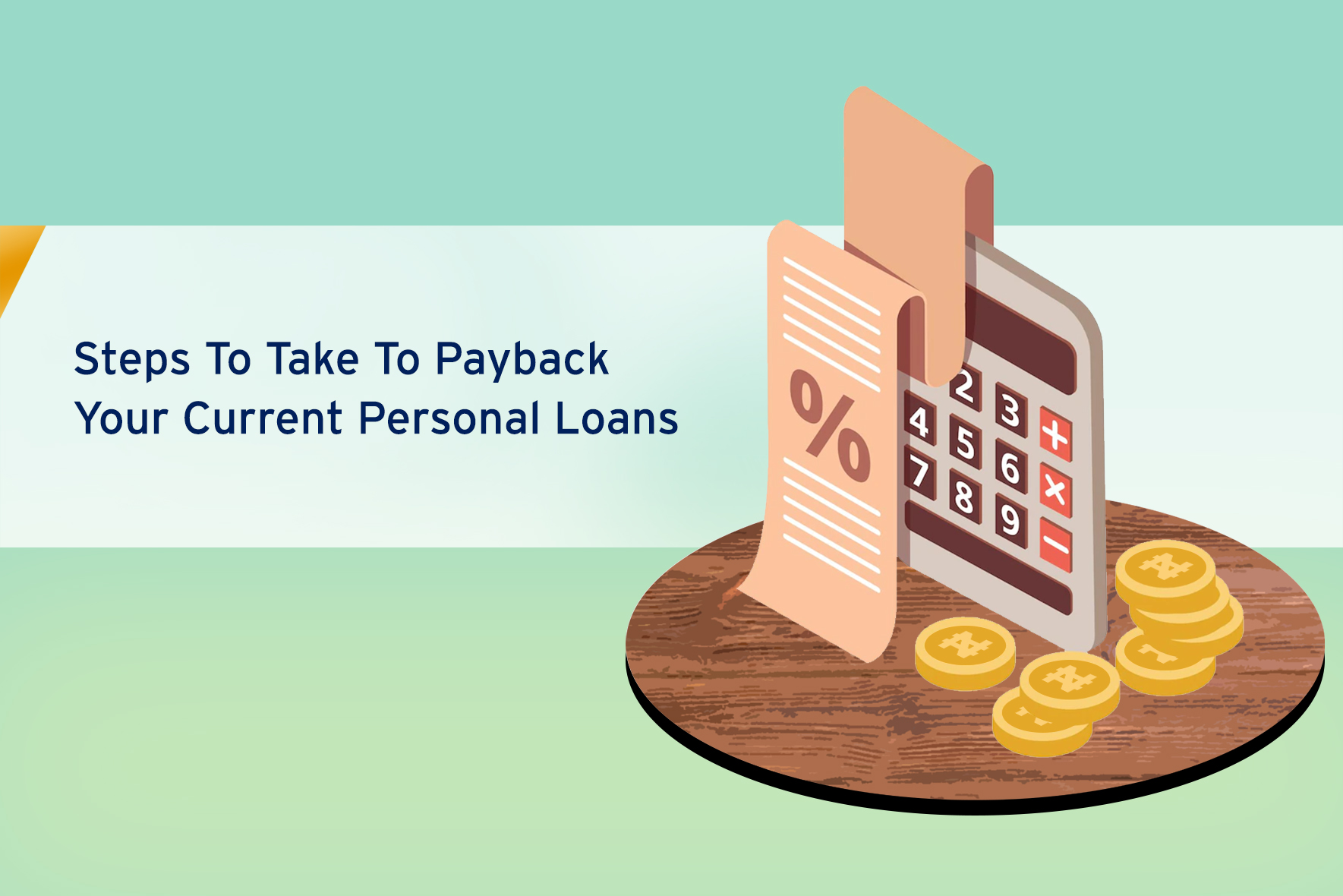
Steps to take to pay back your current personal loans
Author Eyitemi Efole
Are you struggling with loan repayments and unsure of the best steps to take? You’re not alone. Managing personal loan repayments can be challenging, especially when unexpected financial difficulties arise. However, with the right strategies, you can pay off your loan efficiently and maintain a healthy credit score.
This guide will walk you through:
- What a personal loan is and how it works
- How to apply for a personal loan
- Proven steps to repay your loan with ease
What is a Personal loan?
A personal loan is a type of credit that allows borrowers to finance major purchases, consolidate debt, or cover unexpected expenses. Unlike credit cards, personal loans typically come with fixed interest rates and structured repayment plans, making it easier to budget your finances.
Benefits of Personal Loans
- Lower interest rates compared to credit cards
- Fixed monthly payments for easier budgeting
- Can be used for multiple purposes (e.g., medical bills, home repairs, education, etc.)
- Helps consolidate multiple debts into one manageable payment
How Personal Loans Work
Once approved, the loan amount is disbursed to your account or used to pay off existing debts directly. Borrowers must repay the loan in fixed monthly installments over a set term.
Quick Fact: Thanks to digital banking, many loan apps in Nigeria now approve personal loans within minutes, making them a convenient option for urgent financial needs.
How to Apply for a Personal Loan in Nigeria
Applying for a personal loan is now easier than ever. Follow these steps for a smooth loan application process:
1. Compare Loan Options
Not all loans are the same. Before applying, compare interest rates, repayment terms, and fees from different lenders. nairaCompare simplifies this process by allowing you to compare multiple loan options in one place.
👉 Compare Personal Loans on nairaCompare
2. Check Your Eligibility
Each lender has different requirements. To increase your chances of approval, ensure you meet the basic criteria:
- Proof of income (salary slips, bank statements, business revenue)
-
Proof of residence (utility bill)
-
A valid government-issued ID
3. Submit Your Application
Once you’ve chosen the best lender, fill out the online application form and upload the required documents. Approval can take anywhere from a few minutes to an hour.
4. Receive Funds and Start Repayment
If approved, the loan amount is transferred to your bank account, and your repayment schedule begins. Some lenders allow you to start repaying within 14–30 days, so plan accordingly.
Smart Ways to Pay Off Your Loan Efficiently
Taking out a loan is easy, but managing repayments requires discipline. Here are practical strategies to help you pay off your loan stress-free.
1. Create a Budget and Stick to It
A well-planned budget helps you track expenses and set aside money for repayments. Consider using budgeting apps to manage your spending and savings effectively.
2. Set Up Automatic Repayments
Opt for direct debit to ensure your monthly loan repayments are deducted automatically from your account. This prevents late payments and helps you avoid unnecessary penalties.
Pro Tip: Some lenders offer discounts for setting up auto-pay, reducing your overall loan cost.
3. Consider Refinancing or Debt Consolidation
If you have multiple loans, consolidating them into a single lower-interest loan can simplify repayments and reduce financial stress.
- Debt consolidation works best if the new loan has a lower interest rate than your current loans.
- It’s ideal for borrowers with a good credit score and a low debt-to-income ratio (below 43%).
4. Pay More Than the Minimum
If possible, make extra payments towards your loan principal. This reduces the overall interest you’ll pay and helps you clear your debt faster.
Warning: Some lenders charge early repayment fees, so check your loan terms before making extra payments.
5. Monitor Your Account Regularly
Keep track of your loan balance and repayment schedule using your lender’s mobile app or online banking platform. This ensures you stay on top of your finances and avoid surprises.
6. Communicate with Your Lender If You Face Challenges
If you foresee difficulty in making a repayment, talk to your lender immediately. Many lenders offer flexible repayment plans or extensions to help borrowers avoid penalties and credit score damage.
What Happens If You Miss a Payment?
Missing a loan repayment can have serious consequences, including:- Late payment fees
- Higher interest rates on future loans
- Negative impact on your credit score
- Possible legal action for repeated defaults
💡 Solution: If you accidentally miss a payment, pay it as soon as possible and contact your lender to discuss your options.
Final Thoughts
Managing your loan repayments doesn’t have to be overwhelming. By budgeting wisely, automating payments, and staying proactive, you can repay your loan smoothly and maintain a strong financial standing.
👉 Compare and Apply for Personal Loans on nairaCompare
About Author

Eyitemi Efole
Eyitemi Efole is exploring the marketing field, with a particular interest in brand management, strategy, and operations. She is keen on understanding how brands build trust and connect meaningfully with their audience.
.png?width=1615&height=444&name=nairaCompare%20Christmas%20Full%20Logo%20(White%20%26%20Yellow).png)
.png?width=1615&height=444&name=nairaCompare%20Christmas%20logo%20(PNG).png)




.png?width=352&name=Jan-Blog-Posts10%20(1).png)



.jpg?width=352&name=The%20Easiest%20Payday%20Loans%20to%20Get%20v2%20(1).jpg)